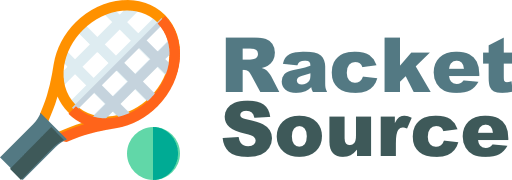The ball must first bounce on your side and then in your opponents. Your opponent must allow the ball to hit their side of the table before trying to return this. The ball must pass cleanly over the net – if it ‘clips’ the net and goes over, it is a ‘let’ and the serve is retaken.
Furthermore, what are the 5 rules of table tennis?
The 5 Basic Rules Of Playing Table Tennis
- 1.No Hands On The Table. Believe it or not, leaning your hands on the table is not allowed in the sport. …
- When Serving, The Ball Must Be Thrown 15mm. …
- If The Ball Hits The Net On Service, You Should Serve Again. …
- The Ball Must Be Held In A Flat Palm Above The Table. …
- Rubber Colors.
Just so, how many rules are there in table tennis?
The Laws of Table Tennis
| 2.01 | THE TABLE |
|---|---|
| 2.01.01 | The upper surface of the table, known as the playing surface, shall be rectangular, 2.74m long and 1.525m wide, and shall lie in a horizontal plane 76cm above the floor. |
| 2.01.02 | The playing surface shall not include the vertical sides of the tabletop. |
What makes a foul in table tennis?
If the player attempts to return the ball before it bounces, a foul is called. In singles competition, while the service rule allows the server to serve to any part of the table on the opposite end, in doubles, the service has to travel diagonally across the table.
Who serves first in table tennis?
server
Is it legal to touch the table in table tennis?
you may not touch the table with your non-paddle hand. You may touch the ball or the table with your paddle hand (after reaching in to return a short serve, for example), or other parts of your body. NOTE: If the table moves at all from your touching it during a rally, that is your opponent’s point.
Is table tennis good for your brain?
“Table tennis is the perfect activity to keep well. It doesn’t only keep your body fit, it keeps your brain fit. … The study showed that table tennis improved more brain function than dancing, walking, gymnastics or resistance training.
Who are the officials of table tennis?
You see, in order to run a high-level table tennis event successfully, you’ll need referees, deputy and/or assistant referees, competition managers, umpires, assistant umpires, timekeepers, stroke counters, racket testers, technical officers and jury members.
